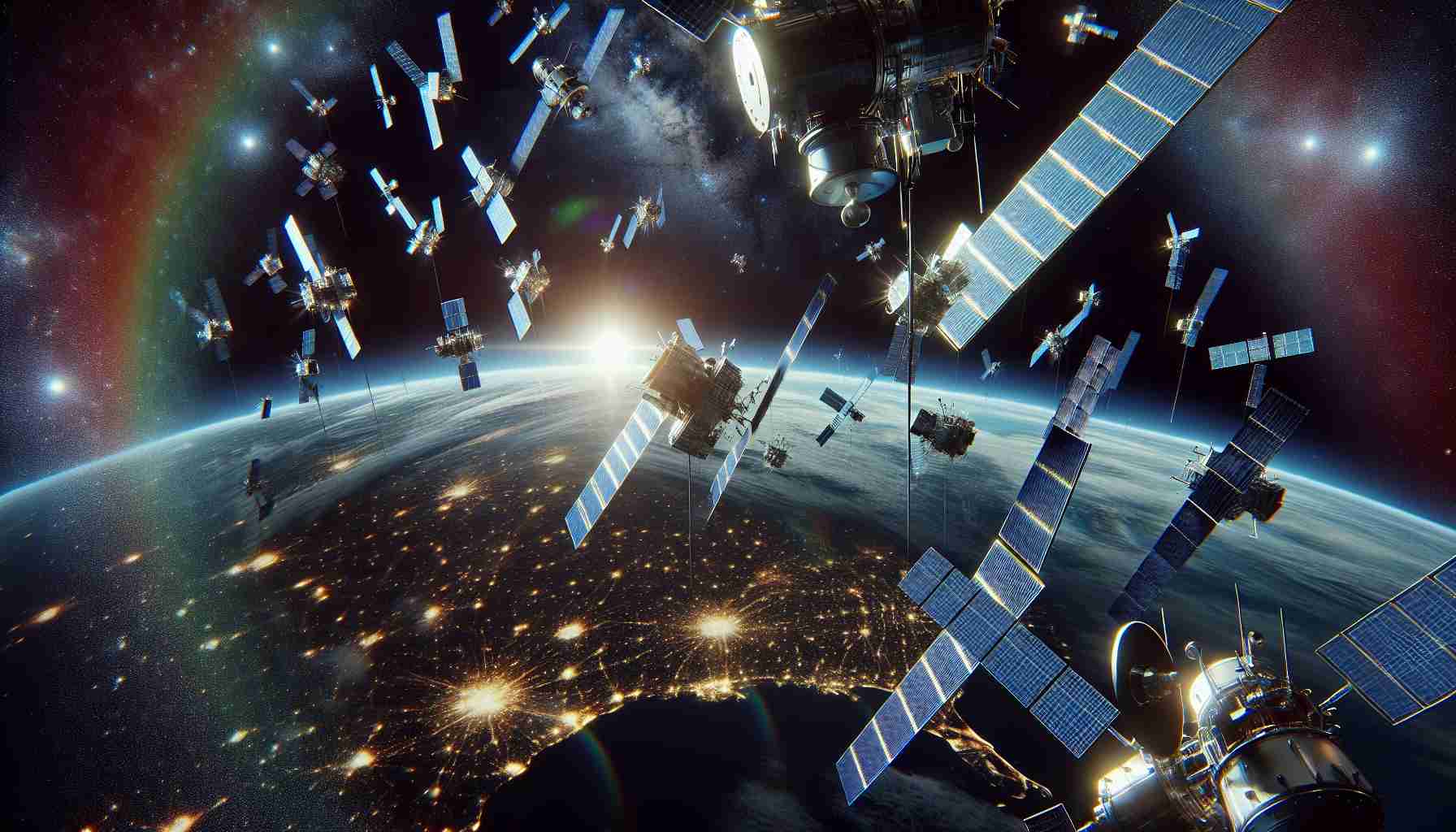In a captivating turn of events, SpaceX successfully launched a Falcon 9 rocket with precision and flair, delivering four satellites into space for Astranis Space Technologies. The long-anticipated mission finally unfolded at midnight on Sunday, December 29, from Cape Canaveral’s Launch Complex 40, after a series of setbacks.
Delay, Restart, and Success
The launch, initially scheduled for December 20, faced a last-second abort and an early scrub the following day due to undisclosed reasons. SpaceX decided to roll back the rocket to replace the primary stage booster to ensure a successful mission.
Landing Perfection
SpaceX nailed the landing as the Falcon 9 first stage touched down on the “A Shortfall of Gravitas” drone ship eight and a half minutes post-launch. This booster has now completed seven successful missions, marking its continued reliability.
Satellite Mission
Named “From One to Many,” this mission aims to not only deliver but also revolutionize connectivity. The four satellites now orbit at over 22,000 miles above Earth, vastly outdistancing the International Space Station’s orbit of 254 miles, and will offer low-cost internet service. Astranis envisions these satellites as just the beginning towards their goal of deploying 100 satellites by 2030, even aspiring to bolster the Space Force’s GPS system in the future.
Meanwhile, SpaceX also launched a Starlink mission from California and has plans for another Starlink launch from Kennedy Space Center soon. This increased activity underscores SpaceX’s goal to make the cosmos a bustling internet hub.
SpaceX’s Latest Launch Sparks Innovations in Satellite Internet Technology
In the ever-evolving world of space technology, SpaceX continues to make headlines with its successful launch of a Falcon 9 rocket, marking yet another milestone in satellite deployment and internet accessibility. This recent mission was executed in partnership with Astranis Space Technologies and underscores significant developments in ensuring global connectivity through cutting-edge satellite technology.
Features and Innovations
The recent “From One to Many” mission aims to bridge digital divides with the deployment of four state-of-the-art satellites. Positioned over 22,000 miles above Earth, these satellites promise to deliver low-cost internet services on a global scale. This endeavor will significantly reduce latency and expand internet coverage, particularly in underserved regions. Astranis’ deployment strategy isn’t just about the four satellites launched; it marks the beginning of an ambitious plan to deploy 100 satellites by 2030. With this plan in motion, the company also aims to bolster national security by potentially enhancing the Space Force’s GPS systems in the future.
Market Analysis
SpaceX’s increased launch activities, such as the anticipated Starlink launches, highlight a pivotal shift in the satellite internet market. The burgeoning demand for high-speed, global internet access reflects a broader industry trend towards enhancing and utilizing Low Earth Orbit (LEO) satellite constellations. These advancements not only promise commercial success but also aim to reshape global communication infrastructures.
Pros and Cons
Pros:
– Global Connectivity: By deploying satellite networks, internet services can reach remote areas where traditional infrastructure is infeasible.
– Reduced Latency: Satellite technology can reduce latency issues that are common in other forms of long-distance communication.
– Scalability: With plans to deploy numerous satellites, the system can scale to accommodate increasing user demands.
Cons:
– Regulatory Challenges: International regulations and space debris concerns pose challenges to expanding satellite networks.
– High Deployment Costs: Despite decreasing costs over time, launching and maintaining satellites involve significant financial investment.
Predictions and Future Trends
The success of this mission sets the stage for a new era of connectivity. As satellite technology advances, we can anticipate further innovations in communications satellite constellations. With companies like Astranis and SpaceX at the forefront, the future may see entirely new segments of the population brought online with high-speed internet access, revolutionizing economies and societies worldwide.
Security and Sustainability Concerns
While the potential benefits are substantial, the deployment of large-scale satellite networks must address security and sustainability issues. The increased number of satellites raises concerns about space debris and collision risks, making space traffic management a critical area for future development. Furthermore, ensuring that these networks are secure against cyber threats is essential for maintaining data integrity and consumer trust.
SpaceX’s latest launch is not just a triumph in space exploration but a pivotal step towards democratizing access to information. For more insights into their transformative missions, visit the SpaceX website.












